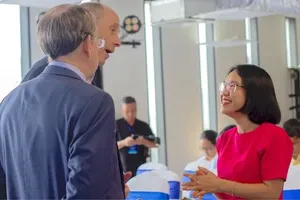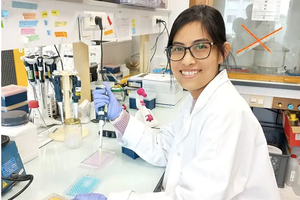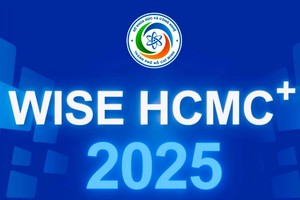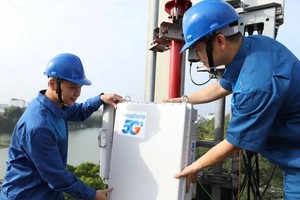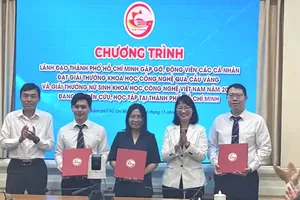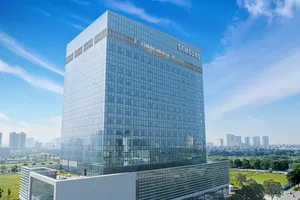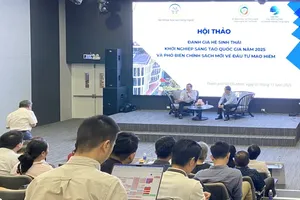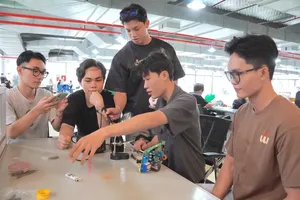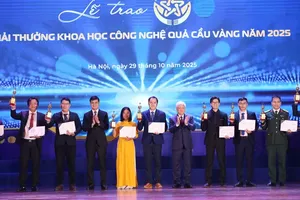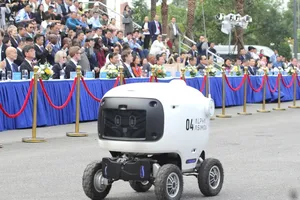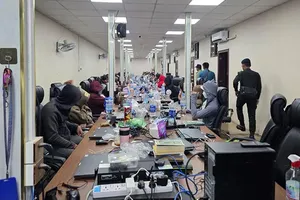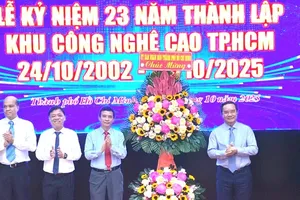
The hybrid meeting connected leaders from six virtual meeting points across the country, namely Hanoi, HCMC, Da Nang City, Hai Phong City, Hue City, and Can Tho City.
The discussion focused on five core areas:
- Resolving bottlenecks in the implementation of two major hi-tech parks and various smart city models.
- Developing national science and technology infrastructure, particularly key research centers and laboratories in strategic fields.
- Evaluating the performance of technology enterprises and the output of research institutes and universities, along with their contribution to GDP.
- Quantifying the economic contribution of science, technology, innovation, and digital transformation.
- Developing high-quality human resources, including strategies to attract and effectively utilize international and domestic Vietnamese experts.
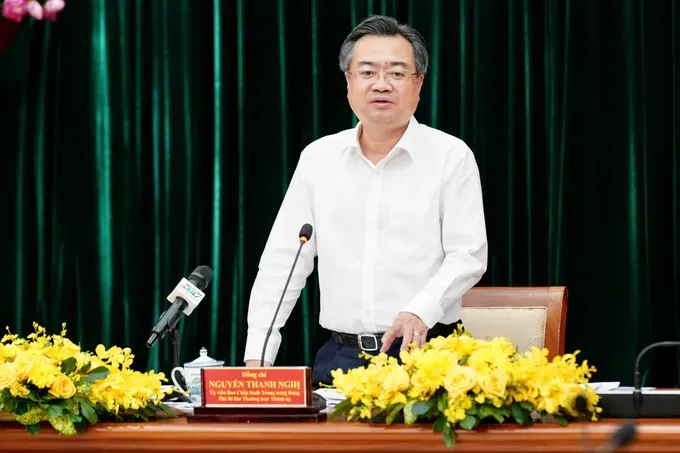
Speaking from the HCMC meeting point, Standing Deputy Secretary Nguyen Thanh Nghi of the HCMC Party Committee expressed strong agreement with the Steering Committee’s report, particularly the one on hi-tech parks.
He provided an update on the proposed expansion of the Saigon Hi-Tech Park (SHTP), confirming that a project plan for a 195-hectare expansion, which includes a new Science and Technology Park, has been submitted. He urged the Ministry of Science and Technology to promptly submit the proposal to the Prime Minister for approval to enable the city to proceed.
He also called for an urgent review to redefine the role and function of SHTP, aligning it with the new national strategy outlined in Resolution 57 on technological breakthroughs. He argued this would provide a clear legal basis for developing functional zones within the park, including residential areas for experts and scientists.
The Ministry of Science and Technology (MoST) is now leading the review of the expansion application and has already conducted a field survey. Regarding the “Science and Technology Park” designation, the ministry suggested a new legal definition may not be necessary, viewing it as an auxiliary function to the existing 913-hectare park.
The HCMC Department of Science and Technology has sent the expansion proposal file to the MoST to coordinate with relevant ministries and agencies for evaluation. The latter is currently gathering feedback and expects to complete its report in June 2025 before coordinating a final assessment with the HCMC People’s Committee and submitting it to the Prime Minister.
The Steering Committee had previously requested clarification on the legal status of the HCMC High-Tech Agricultural Park in another meeting held on May 22, where a key issue emerged.
The park was established before the Law on High Technology was enacted, and therefore lacks a formal legal basis for official recognition. In parallel, the formation of HCMC’s Science and Technology Park is also currently lacking a clear legal framework for implementation.

To resolve this, the Steering Committee’s working group has proposed that HCMC, in coordination with the Ministry of Agriculture and Environment as well as the MoST, complete an application to have the site officially recognized as a “Park for Applied High-Tech Agriculture”.
This would align its status with the current Law on High Technology and Decree No.10 on hi-tech parks. A representative from the Ministry of Agriculture and Environment recommended that this proposal be submitted to the Prime Minister for a final decision.
Deputy Prime Minister Nguyen Chi Dung concluded the meeting with a strong directive, emphasizing that the development models for the hi-tech parks in Hanoi and HCMC must be more systematic, innovative, and guided by a long-term strategic vision.
He stated that while MoST must ensure a consistent national orientation, the models for the two cities need not be identical. They should be tailored to the unique socio-economic conditions of each locality. The Deputy Prime Minister mandated that all relevant agencies and localities research and propose suitable development models, with a reporting deadline of July 30.
“During the research”, he urged, “it is essential to clarify the model’s orientation, reference international best practices, and define a breakthrough mindset that anticipates technology trends to avoid falling behind. If we follow, we must follow fast, with a superior mindset to catch up and surge ahead.”
He stressed that hi-tech parks must be more than industrial zones; they must be specialized hubs for research and development, technology transfer and application, which means vibrant spaces that foster connection within the entire science and innovation ecosystem in the upcoming time.

